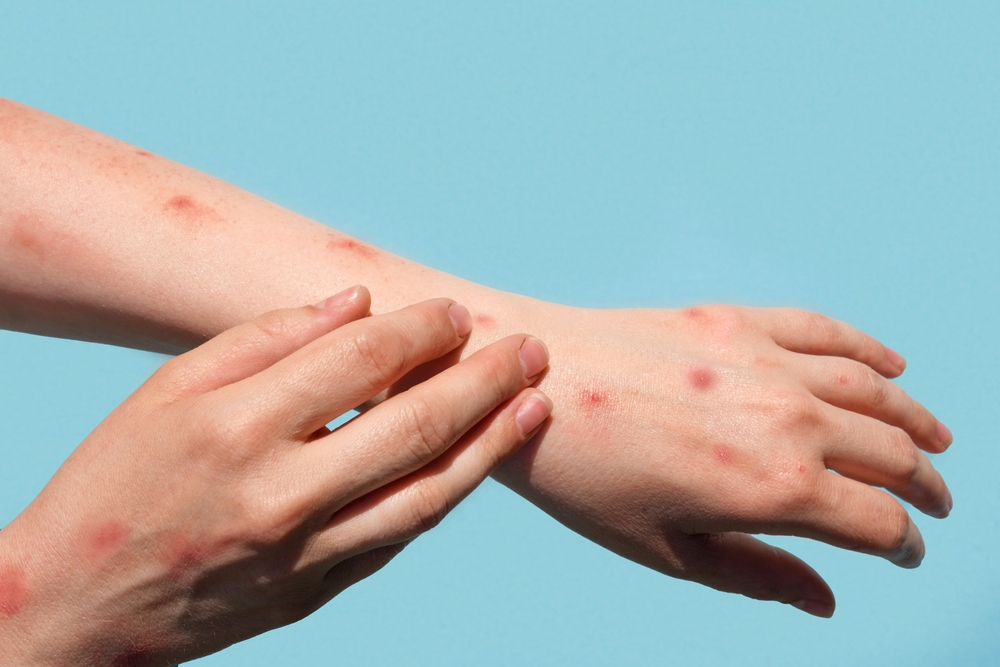Just as the COVID-19 threat appeared to be waning, monkeypox has emerged as the newest viral workplace threat. On July 30, 2022, New York City Mayor Eric Adams declared monkeypox a public health emergency. His announcement was followed by a statement from Governor Kathy Hochul saying the virus created an “imminent threat to public health.”
On August 4, 2022, President Joe Biden declared monkeypox a national public health emergency. On August 11, 2022, the Centers for Disease Control and Prevention (CDC) released its updated monkeypox guidance. The protocol for avoiding and mitigating monkeypox varies from COVID-19 in several respects. Read on to understand how this new virus will impact employers.
Background
Monkeypox had its first reported human case in 1970. Per the CDC guidance, monkeypox is a “rare disease caused by infection with the monkeypox virus,” and it’s “part of the same family of viruses as variola virus, the virus that causes smallpox.” While monkeypox symptoms are similar to (but milder than) smallpox symptoms, monkeypox is rarely fatal.
People with monkeypox may get a rash on or near their genitals or anus. The rash might also appear on other areas of the body, such as the hands, feet, chest, face, or mouth. The CDC guidance states that the virus goes through several stages before healing.
Monkeypox symptoms usually start within three weeks of exposure to the virus. If someone has flu-like symptoms, they will usually develop a rash 1-4 days later. Once the rash appears, lesions will become raised and develop into blisters. They may be painful or itchy during this stage, and they will usually last for 5-7 days. Next, the blisters crust over and turn into scabs, which eventually heal after about a week.
According to the CDC, monkeypox can be spread from the time symptoms start until the rash has healed, all scabs have fallen off, and a fresh layer of skin has formed. The illness typically lasts 2-4 weeks. The CDC cautions that an infected individual should avoid “close contact, including sex or being intimate with anyone, until [the individual has] been checked out by a healthcare provider.”
Other monkeypox symptoms, which are flu-like, can include:
- Fever;
- Chills;
- Swollen lymph nodes;
- Exhaustion;
- Muscle aches (most commonly backaches);
- Headaches; and
- Respiratory symptoms (e.g., a sore throat, nasal congestion, or cough).
Prevention
Unlike COVID-19, which is primarily transmitted through the air, monkeypox is believed to be primarily transmitted through “close contact.” This is a term thought to mean intimate or sexual contact, but it’s unknown if the virus can be transmitted through airborne droplets or by non-intimate close contact with an infected person (i.e., a handshake or hug). Moreover, while some monkeypox symptoms are visible, such as rashes and blisters, other symptoms mirror the same flu-like symptoms common to COVID-19.
To further complicate things, the CDC recommends—but does not mandate—isolation for infected individuals and, instead, provides for mitigation measures depending on their symptoms. In addition to advising isolation until symptom-free (which may be up to four weeks for some people), the CDC guidance recommends that symptomatic individuals should:
- Avoid “physical or close contact” with people or animals;
- Cover blisters and other lesions;
- Wear a well-fitting mask when around others;
- Avoid touching or using someone else’s clothing, tools, utensils or cups; and
- Avoid crowds and congregate settings.
Takeaways
Policies. Employers should immediately update policies to include the risk of monkeypox transmission in the workplace. As with symptomatic COVID-19 employees, those who have one or more monkeypox symptoms (both rash/blisters and flu-like symptoms) shouldn’t be allowed to come into the office. Assuming a “business necessity” exists, infected employees should be required to provide a release from their healthcare provider to return to work. Employers may also wish to continue social distancing, work-space cleaning, and sanitary protocols. However, unlike COVID-19, widespread vaccination and testing for monkeypox aren’t currently available.
Confidentiality and reporting. Current guidance doesn’t address monkeypox reporting and contact tracing. All monkeypox related disclosures by employees should be kept in a secure system of medical files separate from personnel files. Unauthorized disclosure of disability-related or protected medical information may violate federal and state law. However, employers should be cognizant that a monkeypox infection may require reporting to the Occupational Safety and Health Administration (OSHA).
Nondiscrimination. Employers are cautioned to avoid making inquiries into potential disabilities other than what is expressly permitted by the Equal Employment Opportunity Commission (EEOC). The EEOC recently revised its COVID-19 guidance to require a “business necessity” for testing, making certain inquires, and requiring releases for employees to return to work. Employers are also cautioned not to discriminate against individuals with actual or perceived disabilities arising from monkeypox and to engage in an interactive process when they request reasonable accommodations (which could be a short-term leave or a remote work request). Finally, since monkeypox has disproportionately affected the LGBTQIA+ population, avoid taking actions or adopting policies which appear to target those in this protected classification.
Leave of absence. In many cases, the periods for COVID-19 isolation and quarantine have been compressed to five days for non-symptomatic cases. The CDC, however, recommends up to four weeks of isolation for a positive monkeypox case. Unlike COVID-19, which had special federal and state paid sick leave benefits, there’s currently no paid sick leave for monkeypox. Because of this, infected employees who are subject to longer isolation periods may be limited to the paid sick leave permitted by state law (in addition to disability benefits) and unpaid Family Medical Leave Act (FMLA) benefits provided by federal law.
Education. Employers should provide access to the CDC guidance and other public health materials to alert employees to monkeypox symptoms, how to mitigate the risk of infection, and what to do if they are symptomatic.
Paul J. Sweeney is an attorney with Coughlin & Gerhart, LLP in Binghamton, New York. He may be reached at psweeney@cglawoffices.com or 607-723-9511.

